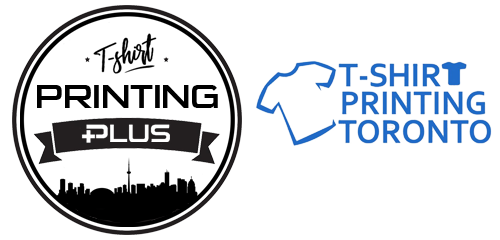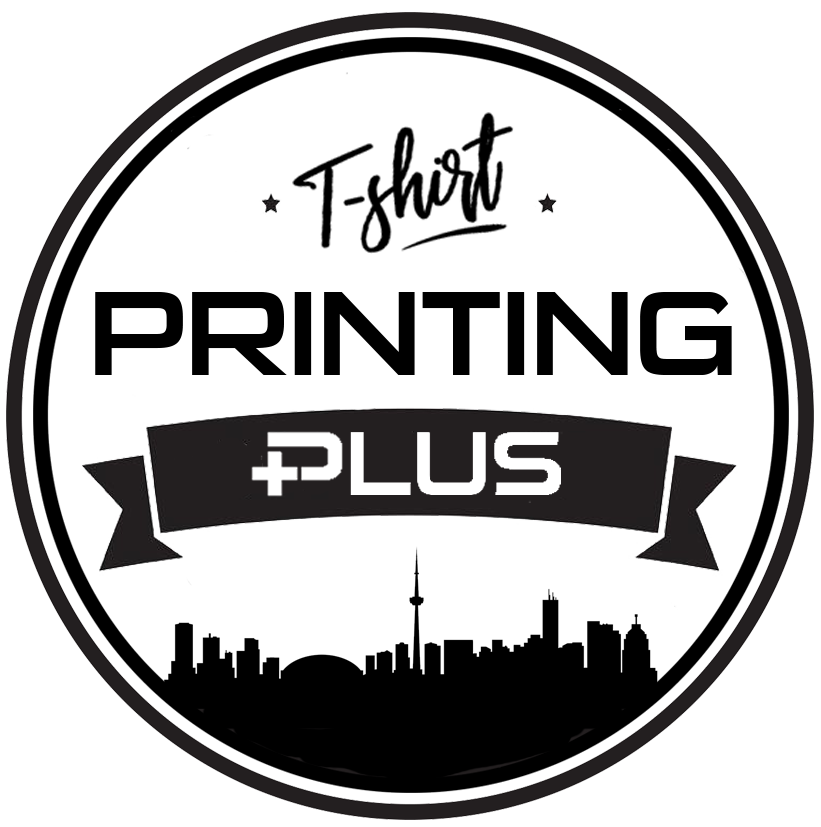
Screen Printing vs DTG Printing
Screen Printing VS. Digital Printing
So you’ve decided to create customized t-shirts but you aren’t quite sure which printing method you should use? Screen printing and DTG or Direct-to-Garment are the top choices in the industry, ranking above heat transfers and vinyl in terms of quality and ease of use. But which one is better? This definitive guide to two of the most popular options out there will unmask the pros and cons of each method to help you decide.
Screen Printing: A Closer Look
Screen printing is a process involving the use of a woven mesh that supports a stencil that has an ink-blocking design. The stencil forms a space or open areas through which the ink is pressed to create the design, often resulting to a sharply-edged image right onto the shirt. The ink is pushed using a squeegee or a fill blade that forces the ink into the openings of the mesh with each stroke.
Because of the method of application, only one color at a time can be applied. This poses limitations in terms of the amount of colors that can be used in the t-shirt, although we are able print up to ten in total. Screen printing also demands more time for every layer, and it is more costly because you need a new screen for every color. This method is an ideal choice for customizing shirts with simple designs, single to multiple color blocks and repetitive designs for multiple t-shirts.
Pros
- It is very common
- Ideal and cost effective for bulk orders
- Color matching for logo colors
- Versatility in placement of designs
- Durable finish
Cons
- Minimum order of 12 pieces
- Not cost effective for artwork that has a lot of colors
- Time-demanding
- Labor intensive
- Set-up
Direct-to-Garment: An Even Closer Look
DTG printing is another t-shirt printing method wherein a modified or specialized garment printing technology is used. There are two key requirements to a successful DTG printing: the shirt transport mechanism and the specialty inks applied directly to the textile.
It offers a superior printing result compared to screen printing especially with photo realistic images, it is less time consuming and it costs much less. Because DTG inks are water-based, this process is more environmentally friendly. The ink is printed directly onto the textile or fabric of the t-shirt, so there is no messy excess ink after the printing and doesn’t have a thick feel to the finished print.
Because DTG uses a printer, the images or designs printed are precise and in higher detail compared to screen printing. You are also not limited in color choices, and customization is much simpler. If you don’t have a lot of money to start up with your project or business, this option may be ideal for you, given that you don’t need a large up-front investment because you can order each t-shirt or small batches of them separately.
Pros
- Unlimited combination of colors and designs
- High-precision design details
- Cost effective
- Very fast turnaround time for an order
- Soft finish, can’t be felt on t-shirt
- No set-up fees
- Eco-friendly
Cons
- Not very common
- Precise color matching is harder
- Design placement can be limited
- Not very cost effective for large bulk orders
The Verdict
Although both methods are excellent ways to customize t-shirt prints, it is clear that DTG or Direct-to-Garment printing takes the cake in terms of speed, flexibility and cost. Although DTG is not for everyone, it is obviously the way of the future that allows anyone who wants to start a t-shirt printing project or business more flexibility than the time-tested screen printing method.

